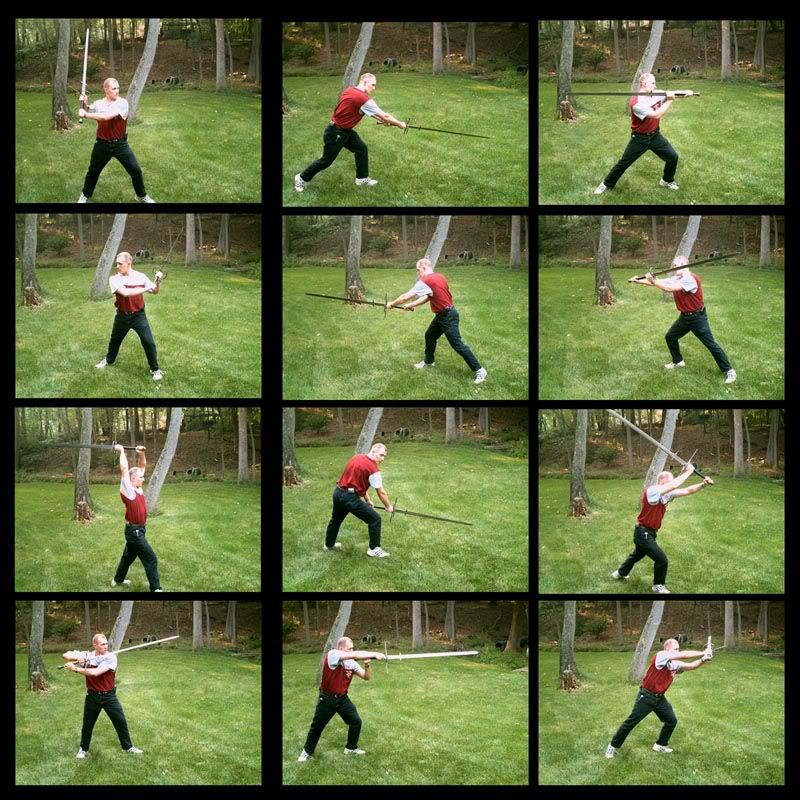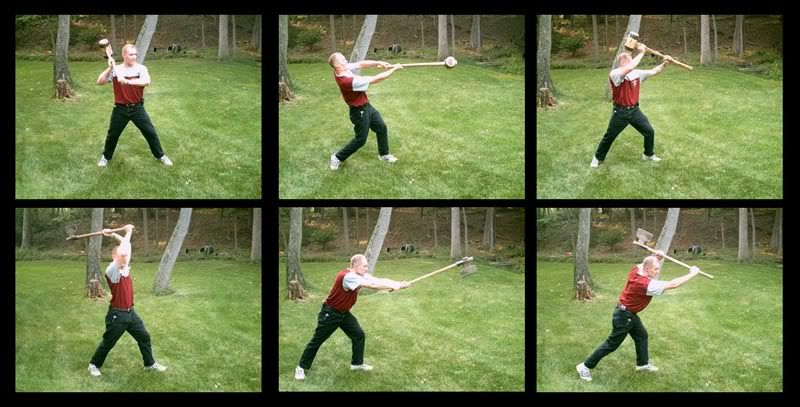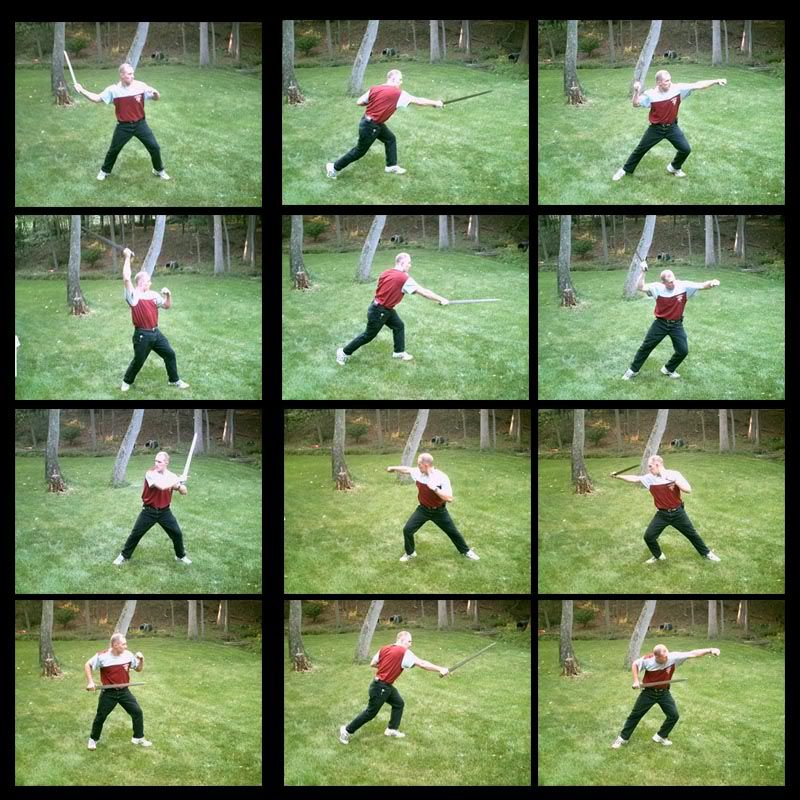Zantar: I wouldn't have said it that way, but you're close enough that I won't argue.
To Aman: I assume your last post was objecting to the punches in single-sword? If so, check out Talhoffer. True, he goes for grappling rather than boxing, but the stance is the same, and grabbing, tugging and throwing are impracticable in M&B. If you dig a little deeper into other fechtbooks, especially those of later period, you see that (much like in Japan) the principles of armed and unarmed combat spring from the same roots. In one particular book (I can't recall the name), the art of "boxing" (which looked a little like a cross between no-holds barred bare-knuckle boxing and greco-roman wrestling) was directly compared to swordplay, with illustrations of the similarities in strikes, movements, and how they were interchangable in a swordfight. I assure you, in a real sword fight, if you're doing it properly and controling your opponent's weapon, there is more than ample opportunity to close to fists and bloody up the sonofa***** with a left hook. Of course, with swords, this is more a way to distract your enemy so you can kill with the blade, but it would work much the same in M&B. For instance, have you noticed that enemies are slower to parry and slower to attack immediately after a successfull attack?

Just as in real life, you break the rythem with a weak attack, and kill with a strong one.
Merentha: actually, le Jeu is famous because it's the only poleaxe manual we have that's contemporary to the Hundred Years War. It's a fine manual, but it's also unillustrated. For illustrations of poleaxe fighting, Tallhoffer's several manuals are excelent, as is Goliath, iirc.
Incedentally, I believe it was Tallhoffer who said that the man who leads with the que ("the useless end of a wooden pole" -which was often tipped with a spike, a blade,
several blades, or hooks ) is wise, and that any man who attacks first with the head is a fool.









 (Yes, I moved my hips... umm, it was just so fast the camera didn't pick it up. *whistles*)
(Yes, I moved my hips... umm, it was just so fast the camera didn't pick it up. *whistles*)
























